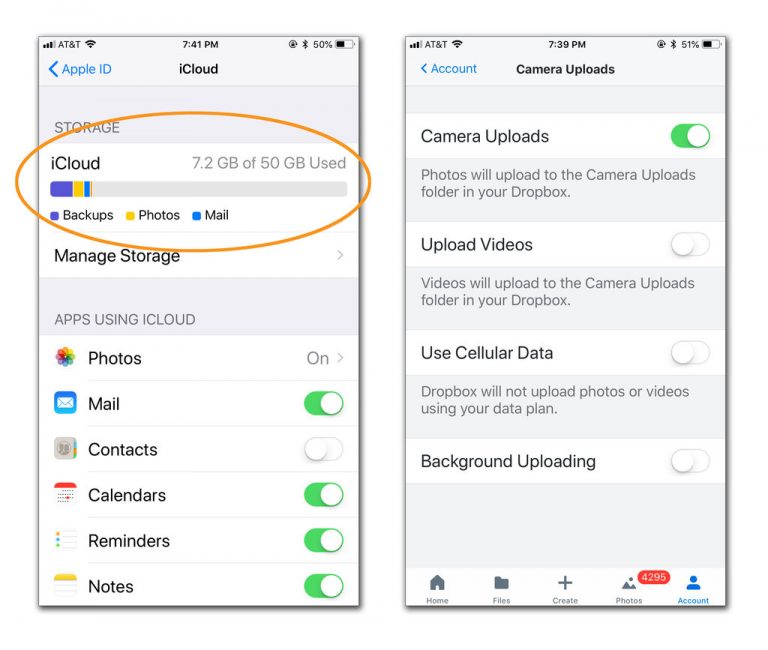The iCloud service — used to store files on remote servers and keep data in sync among Macs, Windows computers and iOS devices — is integrated into Apple’s operating systems. However, iCloud includes only five gigabytes of free storage before Apple charges for more space.
In the United States, prices for more iCloud storage space start at 99 cents a month for 50 gigabytes. (Music and video purchases you make from the iTunes Store are also stored in your iCloud account so you can download them again, but are not counted against your iCloud space allowance.)
As Apple notes on its support page about managing your iCloud space, “If you run out of iCloud storage, your device won’t back up to iCloud, new photos and videos won’t upload to iCloud Photo Library, and iCloud Drive, other iCloud apps and your text messages won’t stay up to date across your devices. And you can’t send or receive emails with your iCloud email address.”
Deleting old mail and file attachments, photos and videos you no longer need, and outdated files from your iCloud drive can help reclaim some of that space. For those with a large-capacity iPad or iPhone that is consuming a lot of iCloud space with backups, you can switch your device backup to iTunes on your Mac or PC.
When looking for an alternative service, first figure out how you are currently consuming your available iCloud space. If you are using iCloud for everything — or just for things like iCloud mail, photos and iWork documents — you will need to find services that can replicate those storage functions.

Many online backup services have their own iOS apps you can use to get to your stored files from an iPhone or an iPad as well as a desktop computer. If you need to use your stored files on a mobile device, make sure the service you select has a companion app. (Also, keep in mind that if you need a large amount of storage space, you will likely need pay for it, just as you would for additional iCloud storage.)
Several options have their own iOS apps, automatic photo backup and free starter accounts. These include Google Drive, which gives you 15 gigabytes of space to share among Google Photos backup, Gmail and file storage. If you do not care for Google, free Dropbox accounts start with two gigabytes of storage space and free accounts from Box and MediaFirestart with 10 gigabytes of storage.
Microsoft’s basic OneDrive service provides five gigabytes of free storage unless you have additional space that came with an Office 365 account. The Amazon Drive service offers five gigabytes free, and Amazon Prime members get unlimited photo storage.
Once you decide on a new online storage locker, download your documents, photos and other files you have backed up on iCloud, and then upload them to your new service.

